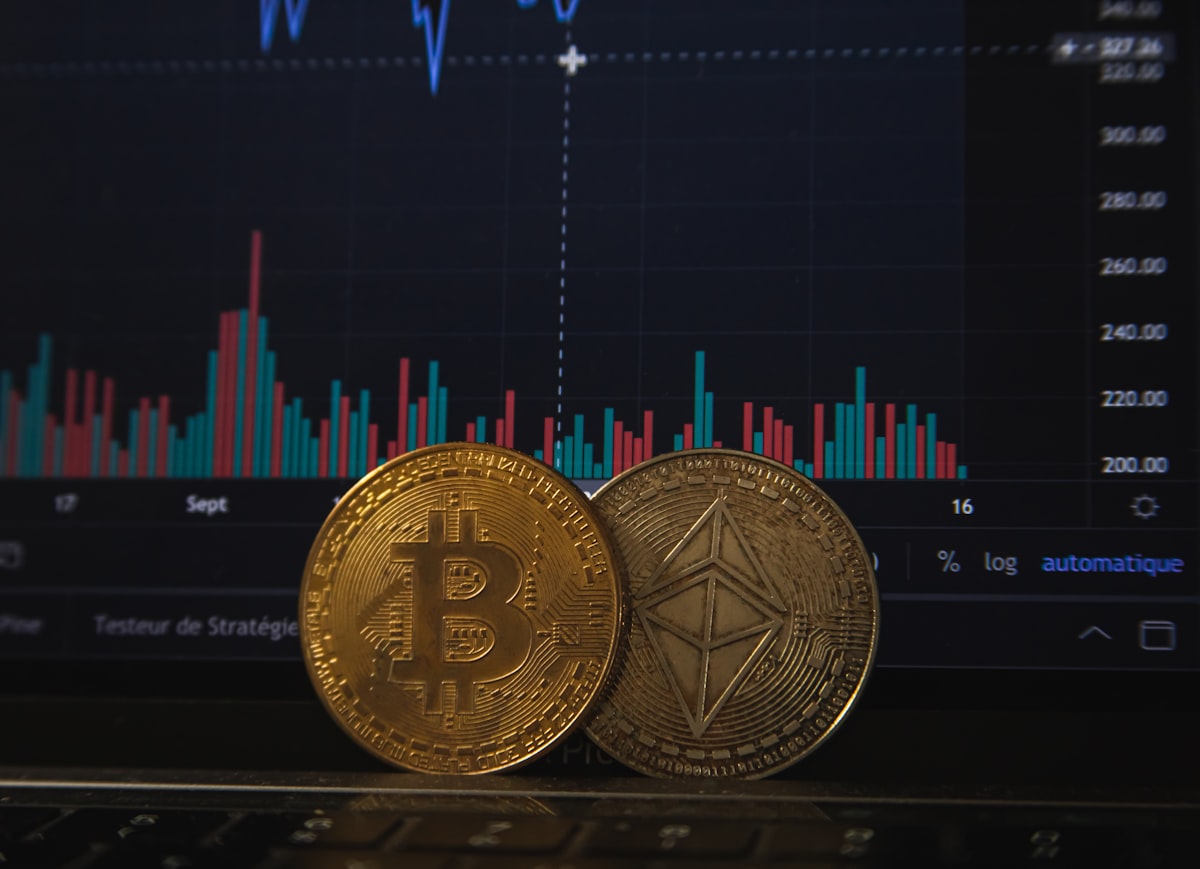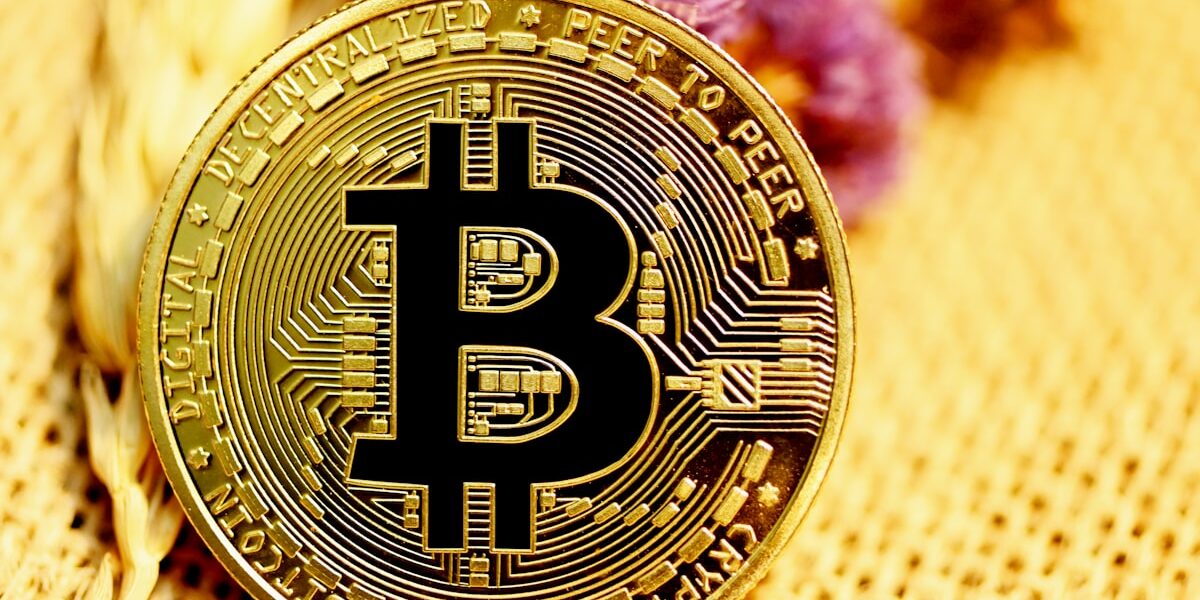Understanding the Value of Half Dollars
Half dollars are more than just coins. They represent a part of U.S. monetary history. While not commonly used in everyday transactions, half dollars have significant collectible and numismatic value. Collectors and investors often seek these coins. Let’s explore what makes half dollars worthwhile.
An Overview of Half Dollars

The half dollar coin has been part of U.S. currency since 1794. It was designed to aid in larger transactions. Over time, the design and composition have changed. From the early Flowing Hair design to the Kennedy half dollars we see today, each era had its own style. Collectors find these variations interesting.
- Flowing Hair Half Dollar (1794-1795): The first design featured Lady Liberty with flowing hair on the obverse and an eagle on the reverse.
- Draped Bust Half Dollar (1796-1807): This design was more refined, featuring a portrait of Liberty and a heraldic eagle.
- Capped Bust (1807-1839): Another design evolution showing a capped Liberty.
- Seated Liberty (1839-1891): This design followed trends in other denominations with a seated Liberty.
- Barber Half Dollar (1892-1915): Designed by Charles E. Barber, featuring Liberty with a cap and olive branches.
- Walking Liberty (1916-1947): Considered one of the most beautiful coin designs, with Liberty striding toward the dawn.
- Franklin Half Dollar (1948-1963): Featuring Founding Father Benjamin Franklin.
- Kennedy Half Dollar (1964-present): Introduced shortly after President John F. Kennedy’s assassination.
Numismatic and Collectible Value
Not all half dollars carry the same value. What determines their worth? Rarity, condition, and historical significance are key factors. Older coins, especially those in mint condition, can fetch substantial sums. Let’s discuss a few notable examples.
- Flowing Hair and Draped Bust: Rarities in good condition can be worth thousands. The 1796 and 1797 coins are especially notable due to low mintages.
- Seated Liberty: Certain years like 1878 and 1884 have high value due to rarity.
- Barber Half Dollars: Scarce dates exist, and collectors prize these coins. The 1892-S and 1893-S are particularly valuable.
- Walking Liberty: Collectible, especially early mint issues and the 1921 coins.
- Franklin Half Dollars: Known for high silver content, these are popular among silver investors.
- Kennedy Half Dollar (1964): The initial run in 90% silver makes them desirable.
Each series has unique highlights that can significantly impact value. Professional grading can help determine a coin’s condition and subsequently, its market value.
Silver Content
A key factor in a half dollar’s value is its silver content. Coins minted before 1971 contain significant silver proportions. This attracts both collectors and investors seeking tangible assets. Understanding the silver content across different eras aids in assessing a coin’s worth.
- 1794 to 1964: These coins were primarily composed of silver.
- 1965 to 1970: Half dollars had a 40% silver composition, reduced from the previous years’ 90%.
- 1971 onward: Switched to a copper-nickel composition with no silver, primarily reducing their melt value.
Silver prices fluctuate. This influences half dollar melt values in the market. It’s crucial to track silver prices if investing with this in mind.
Modern Circulation and Use
Today, half dollars aren’t common in circulation. Many Americans rarely see them. The U.S. Mint still produces them for collectors. They remain legal tender. Everyday use of these coins has declined due to their large size compared to other coins. They are seen more as collectibles than regular currency.
Collecting Half Dollars
Coin collecting is a popular hobby. Half dollars hold a special place in many collections. To start collecting, consider the most appealing series. Some focus on historical significance. Others aim to complete series sets. Condition plays a crucial role. Coins should be stored properly to prevent damage, often in albums or cases designed for coins.
- Research coin shows and auctions for potential purchases.
- Join numismatic clubs to connect with fellow enthusiasts.
- Read about market trends to make informed decisions.
The joy of numismatics lies both in the pursuit and appreciation of the coins’ stories. Each coin holds a piece of history, waiting to be explored.
Investment Potential
Half dollars are viable investments for a diverse portfolio. Silver content adds intrinsic value. Rarer coins might appreciate over time. Understanding market dynamics is essential. Condition, rarity and demand affect investment returns. Coins should be graded by professionals before purchase for precise valuation.
Investors should balance their portfolio with coins of varying types and eras to mitigate risks. Watching both coin and silver markets closely is crucial.
Conclusion
The world of half dollars offers both historical intrigue and potential financial benefit. Whether you’re a collector or an investor, understanding this humble coin can unlock opportunities. Each half dollar tells a story. As you delve into this hobby or investment, pay close attention to mint marks, historical context, and market conditions.
Recommended Collecting Supplies
Coin Collection Book Holder Album – $9.99
312 pockets for coins of all sizes.
20x Magnifier Jewelry Loupe – $13.99
Essential tool for examining coins and stamps.
As an Amazon Associate, we earn from qualifying purchases.




Subscribe for Updates
Get the latest articles delivered to your inbox.
We respect your privacy. Unsubscribe anytime.